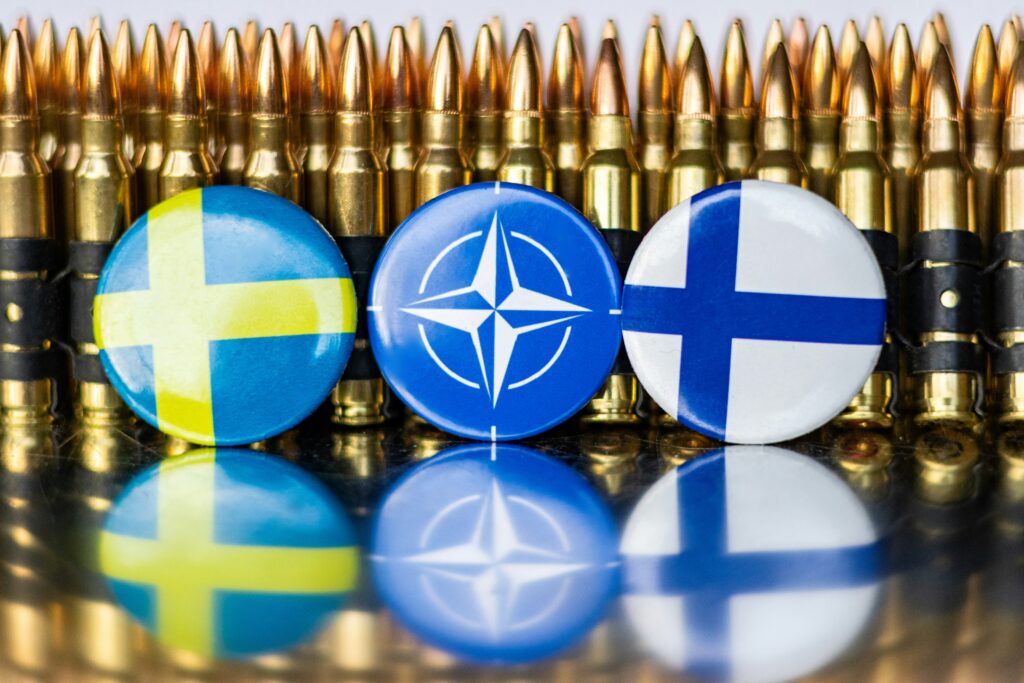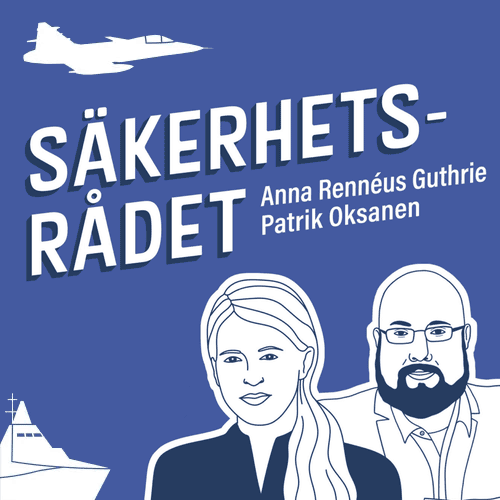At NATO’s 75th anniversary summit in Washington, Sweden was warmly welcomed to the alliance as its 32nd member. While the recent accession of both new members Finland and Sweden was a clear highlight and a reason to celebrate, the focus of the summit was on more urgent matters: the continued support for Ukraine in its war effort.
Due to strict expectation management by the American hosts, who wanted to avoid the public drama of last year’s Vilnius summit at all costs, it came as no surprise that the summit declaration included no time frame for Ukraine’s NATO membership apart from the statement that its path to NATO is “irreversible”. Overall, the political room for manoeuvre was limited, as the summit took place at a difficult moment in the upcoming US presidential elections campaign period. A focus on technical progress was to compensate for the lack of consensus on Ukraine’s NATO perspective and especially the question whether accession could take place while the war is still ongoing. NATO is taking on a greater coordination role in the continued support for Ukraine and the most notable step is the establishment of the NATO Security Assistance and Training for Ukraine (NSATU) in Wiesbaden, Germany, where up to 700 NATO personnel are to coordinate Western military aid to Ukraine, and the NATO-Ukraine Joint Analysis, Training and Education Centre (JATEC) in Bydgoszcz, Poland. Furthermore, the summit declaration included a separate Pledge of Long-Term Security Assistance for Ukraine, with a monitoring mechanism to ensure fair burden sharing and proportionality of NATO allies’ contributions according to their economic and military strength.
From a Swedish perspective, the progress in Finland’s NATO policy is an interesting development. Last year at the Vilnius summit, Finland had only one item on its agenda: Sweden’s accession as soon as possible. But now Finland had formed positions on several important developments underway in the alliance. The most notable change in Finland’s ambition level in NATO has been the assessment of need for NATO presence in Finland. While right after accession, Finland did not consider a Baltic-style enhanced Forward Presence (eFP) multinational troop contingent necessary due to the formidable size of Finland’s own land force, now the Washington summit declaration included the announcement that a new Forward Land Force (FLF, eFP’s successor) contingent will be based in Finland. The change of heart results from an updated assessment of the further deteriorating security environment. Another goal that Finland reached already at the defence ministers’ meeting ahead of the summit was the establishment of a Land Component Command in Finland.
Another more military-technical process relevant to both Finland and Sweden is the question of NATO’s new command and control (C2) structure. While it has been decided that all Nordic countries will be united under the Joint Force Command (JFC) Norfolk in Virginia, U.S., the details of the C2 arrangement for the Baltic Sea are still unclear. The Baltic states and Germany have been sceptical towards the idea that the line between the Atlantic JFC Norfolk and JFC Brunssum, responsible for the Baltics and the eastern flank, would be drawn across the Baltic Sea. The latest in a row of bad ideas is the suggestion to divide the strategic Baltic Sea islands Gotland, Bornholm and Åland to JFC Brunssum, while mainland Sweden, Denmark and Finland would be under JFC Norfolk. Needless to say that the solution would be hardly implementable, among many reasons because the Finnish Defence Forces are obliged to defend the autonomous and demilitarized Åland. The C2 question is a lesson for the new members about the internal politics of NATO that often can obscure the military logic in decision-making. It is essential that Finland and Sweden make sure that the resulting C2 arrangement does not create new problems for either country’s national defence arrangements or cooperation between Finland and Sweden, and the other Nordic countries.
It is hard to overestimate the significance of Sweden’s recent NATO accession for the defence of the whole Nordic region. A report by NATO’s Military Committee from 1950 states that ”Sweden, by reason of her economic, industrial and military strength, is a factor of considerable importance in any regional defence planning, but at present she is not a member of the North Atlantic Treaty. The full cooperation of Sweden, at some later date, would greatly enhance the defensive strength of the Northern European Region.” Sweden’s accession to the alliance 74 years later is therefore in many ways a dream come true from a NATO defence planner’s perspective.
Minna Ålander, research fellow at the Finnish Institute of International Affairs (FIIA) in Helsinki and a non-resident fellow at the Center for European Policy Analysis (CEPA) in Washington, D.C.

